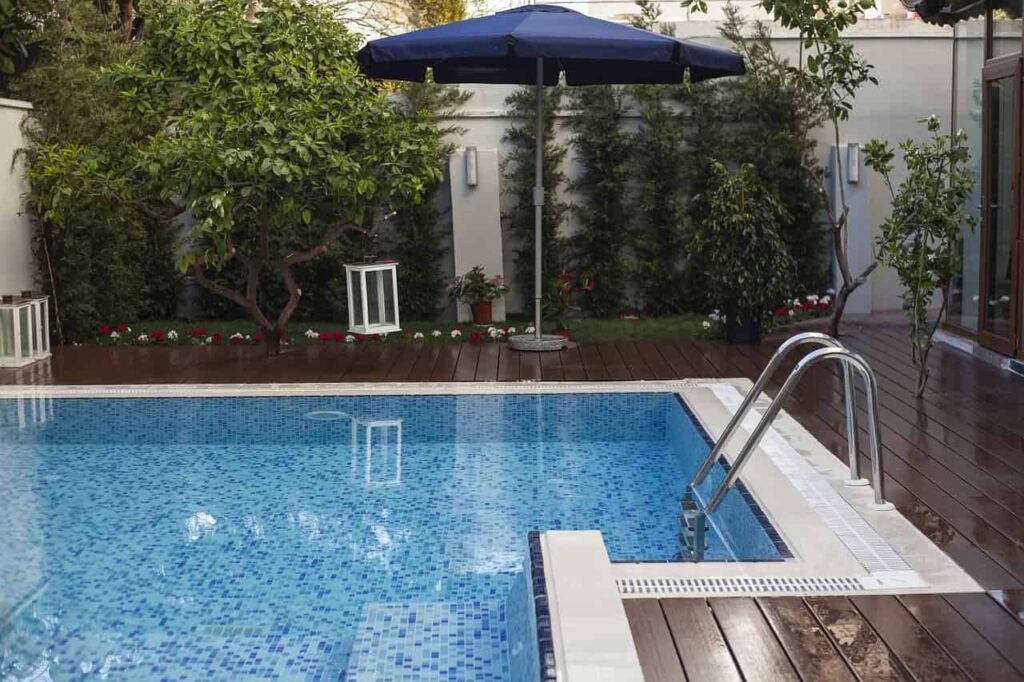The appeal of shipping container homes has grown significantly in 2024, making them a top choice for those seeking affordable housing options. These innovative dwellings not only present a cost-effective solution, but they also align with the increasing demand for sustainable living. As the housing market shifts and prices continue to fluctuate, shipping container homes provide a practical alternative that meets both budgetary constraints and environmental concerns.
With a starting price as low as $30,000 for a basic model, these homes offer flexibility in design and functionality, catering to various lifestyles and preferences. Their modular nature allows for easy customization, making them suitable for both single occupants and families. This adaptability, combined with sustainability features like energy-efficient materials and reduced waste during construction, positions shipping container homes as a compelling option in modern housing.
As buyers prioritize affordability and eco-friendliness, it becomes clear why shipping container homes stand out in 2024. Their unique characteristics contribute to a growing trend that not only addresses the immediate need for housing but does so in a way that respects the environment.
Contents
Rise of Shipping Container Homes
Shipping container homes have gained traction as an alternative housing solution in 2024. This trend reflects a shift towards sustainable and affordable living options.
Key Advantages:
- Affordability: Container homes typically require lower initial investment compared to traditional houses.
- Sustainability: Utilizing repurposed shipping containers helps reduce waste and environmental impact.
- Customization: Owners can design unique layouts, making each container home distinct.
Many people are drawn to container home living for its efficient use of space. These structures can be adapted into tiny homes, maximizing storage and minimizing the footprint.
Growing Popularity: As the housing market evolves, several factors contribute to the rise of shipping container homes. Urban areas face housing shortages, prompting the need for innovative solutions. Additionally, the appeal of a minimalist lifestyle attracts individuals seeking simpler, yet functional living spaces.
Community and Culture: Container home communities are emerging, where residents share values of sustainability and collaboration. This fosters a sense of belonging among like-minded individuals.
Overall, shipping container homes embody a forward-thinking approach to living, integrating environmental concerns with modern design. As interest continues to rise, they may redefine homeownership in the years to come.
Economic Advantages
Shipping container homes present significant economic advantages that appeal to many homebuyers in 2024.
Affordability is one of the primary reasons for their popularity. A basic one-bedroom container home can start at approximately $30,000. In comparison, traditional homes often require substantially higher investments.
Cost-effectiveness extends beyond initial purchase prices. The use of shipping containers can lower construction costs due to their availability and reduced need for extensive building materials. This leads to more budget-friendly housing solutions.
The resale value of container homes can also be attractive. As demand for innovative and sustainable housing grows, properties built from shipping containers may appreciate more competitively. This offers potential sellers a favorable return on investment.
Low maintenance costs further enhance their economic appeal. Shipping containers are typically durable and require fewer repairs compared to traditional homes, saving owners money in the long run.
Overall, the combination of affordability, cost-effectiveness, and potential resale value makes shipping container homes a practical choice for many in today’s housing market.
Environmental Benefits
Shipping container homes provide significant environmental benefits compared to traditional housing options. By utilizing repurposed shipping containers, these homes reduce waste and diminish the demand for new materials.
- Eco-friendly Construction: Using existing containers minimizes the ecological footprint associated with manufacturing new building materials like bricks and concrete.
- Sustainability: Container homes can be designed to incorporate sustainable technologies, such as solar panels and rainwater harvesting systems, which enhance their energy efficiency.
- Reduced Carbon Footprint: Transporting and modifying shipping containers for housing generally produces fewer emissions than constructing traditional homes. This lower carbon output contributes to a more sustainable future.
- Less Land Use Impact: Building container homes often involves smaller land areas compared to conventional houses, preserving more natural habitat and lowering the likelihood of urban sprawl.
The environmental impact of container homes is further amplified by their adaptability. They can be placed in various locations, including urban and rural settings, and easily modified to meet specific needs, reducing the necessity for extensive land alteration.
In conclusion, shipping container homes present a practical pathway to sustainable housing, offering eco-friendly solutions that align with the growing need for environmentally responsible living spaces. Their design and function make them a compelling choice for those seeking to reduce their impact on the planet.
Innovative Uses of Shipping Container Homes
Shipping container homes are becoming versatile spaces that serve various purposes. Their robust design and modular nature allow for creative adaptations in residential and commercial settings.
1. Tiny Homes: Many individuals opt for shipping containers to create compact, efficient living spaces. These tiny homes use minimal resources while maximizing functionality.
2. Mobile Offices: Businesses use refurbished containers as mobile office spaces. This setup enables companies to operate in remote locations without compromising comfort or style.
3. Pop-Up Shops: Entrepreneurs transform containers into pop-up retail shops. The mobility and unique aesthetic attract customers and provide a cost-effective business solution.
4. Community Projects: Shipping containers are ideal for community-driven projects. They can be repurposed as classrooms, community centers, or even art galleries, promoting local engagement.
5. Vacation Rentals: Container homes make excellent vacation rentals. Unique designs and eco-friendly features appeal to travelers looking for distinctive lodging experiences.
6. Emergency Shelters: In disaster-stricken areas, containers can serve as temporary housing. Their durability and transportability make them suitable for rapid deployment.
With numerous innovative uses, shipping container homes continue to provide creative solutions for modern living and business needs. Their adaptability showcases the potential of reimagined space.




